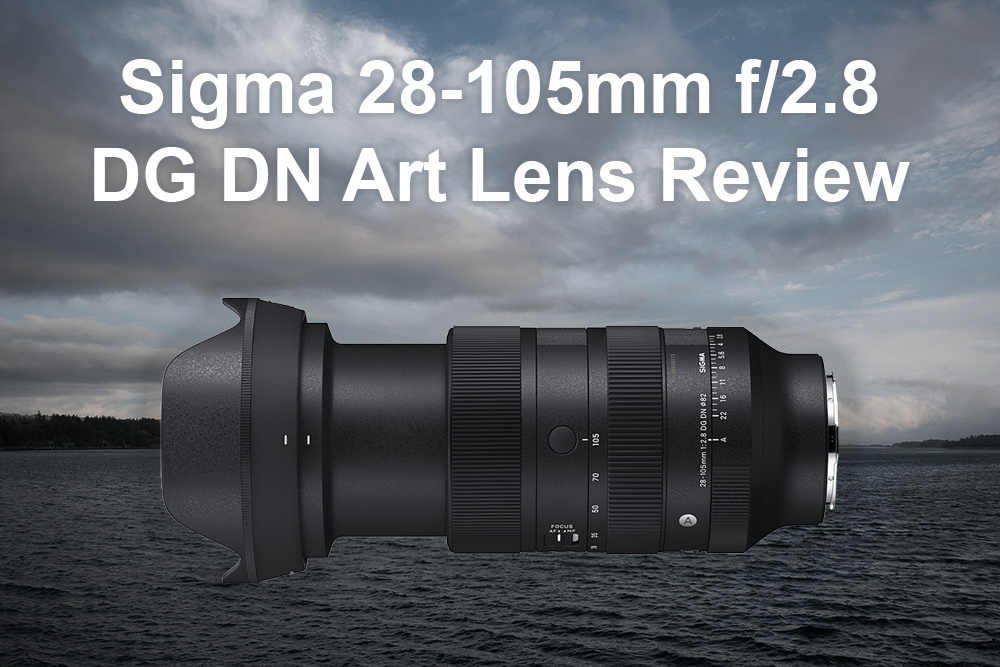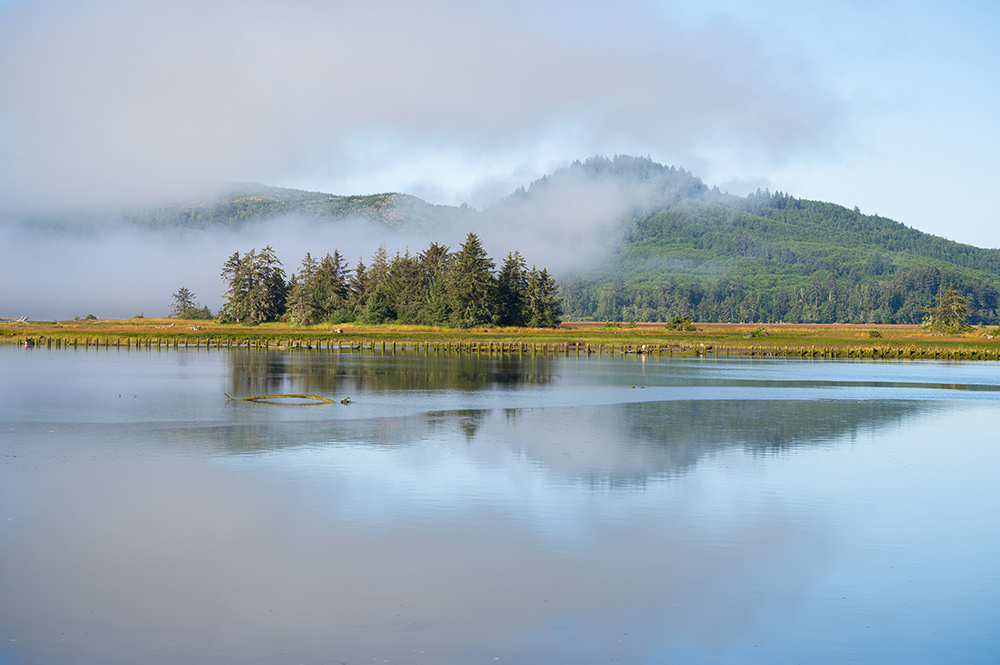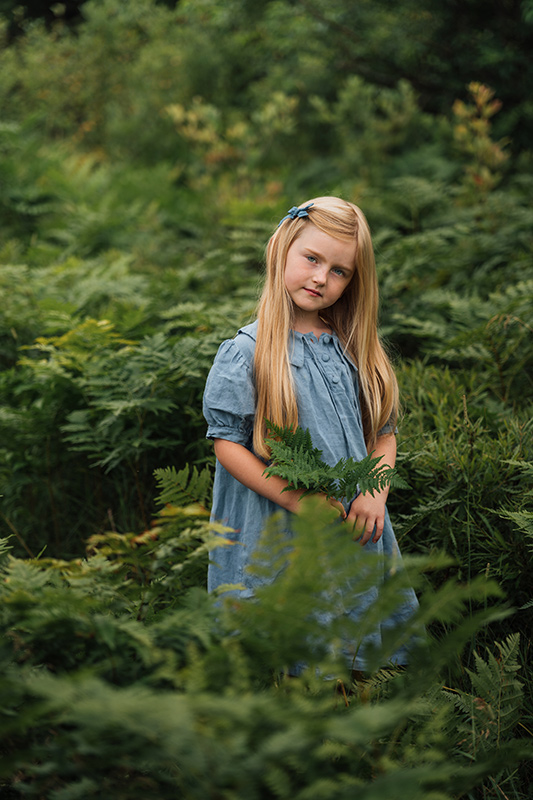- Call us: 01444 237070
- Contact Us
- Stores
- Sign In / Register
-
- Back
- Used Cameras
- Used Accessories
- Used Lenses
- Used Video
- Used Film Equipment
- Used Stock Alert
- Used Blank Test
- Sell or Part Exchange
- Used Clearance
- Recently Added Used Equipment
- Park Picks
- All Used Black Friday Deals
- Faulty
- Trade-In
- Blog
- New in
- Call us
- Contact us
- Stores
- Sign in
- Categories
- Tips & Inspiration
- Reviews
- News
- Events
- Features
- Buying Guides
- Competitions
Sigma 28-105mm f/2.8 DG DN Art Lens Review
Sigma is unstoppable right now with regular new lens releases for several mirrorless camera brands, which are not only innovative but tend to be extremely well received by all sorts of creators. The Sigma 28-105mm f/2.8 DG DN Art Lens for Sony and 28-105mm for Leica L continue this trend by offering a unique wide to short telephoto zoom range with a constant f/2.8 aperture across the entire zoom range.
Sigma 28-105mm f/2.8 DG DN Art First Look Video Review
Gareth shares his thoughts about the latest Sigma zoom for mirrorless.
Our Sigma 28-105mm f/2.8 DG DN Art Lens Review explores how this latest model for Sony E and Leica L-Mount cameras performs, with a closer look at specs, a comparison with the more traditional Sigma 24-70mm F/2.8 DG DN II Art and Gareth’s video review to help you decide if this is the ideal zoom lens for your needs.
Let’s start by exploring its price and release date.

How much is the Sigma 28-105mm f/2.8 DG DN Art Lens?
Both the Sony E and Leica L-mount versions of the Sigma 28-105mm f/2.8 DG DN Art Lens are priced at £1399.00. Released on 5th September 2024, this lens launched just a couple of months after the second-generation 24-70mm f/2.8 DG DN II Art, which costs £1179.00.
Sigma 28-105mm f/2.8 DG DN Art Key Features
As a newer Sigma Art-Series lens users can expect the pinnacle of not just Sigma optical technology, but also build quality. Art lenses are designed to provide the maximum aperture, highest imaging performance and most rugged designs for advanced users.
Key features include:
- Linear and non-linear focus ring settings with a compatible L mount camera
- Constant f/2.8 aperture
- Premium optical performance for stills and video
- High-speed HLA (High-response Linear Actuator)
- 12 rounded diaphragm blades
- 1:3.1 maximum magnification
- Nano Porous and Super Multi-Layer Coatings reduce ghosting and flare
- Barrel controls include a de-clickable aperture ring and customisable buttons
- Supports DMF and AF+MF
- Weight reduction thanks to Magnesium-alloy around the lens barrel
- Dust and moisture sealed design
- 82mm lens filter thread
- Weighs 995g

Sample Waterfall Taken with Panasonic S5 II @28mm. Camera settings: 0.4 sec. f/16. ISO 100
What is a 28-105mm focal range good for?
With a unique zoom range of 28-105mm on full-frame cameras, this lens covers wide-angle to short telephoto perspectives. It swaps 4mm at the wide end for an additional 35mm at the telephoto end compared to a traditional 24-70mm lens, making it suitable for a wide range of everyday subjects, including:
- Events like weddings and concerts
- Portraits and group photos
- Fashion and lifestyle
- Landscape photography
- Street photography
- Cityscapes, architecture, and interiors
- Travel and everyday snapshots
- Video
While similar to a 24-70mm lens, the longer reach covering 85mm and 105mm is particularly advantageous for portraits and lifestyle shots. Conversely, the 24-70mm offers a classic 24mm focal length, which is a more traditional choice for landscape photography and other genres where you want to capture the entire scene.

Sample Landscape Taken with Sigma fp L @78mm. Camera settings: 1/1000 sec. f/4. ISO 100
How is the Sigma 28-105mm Image Quality?
Sigma has optimised the 28-105mm f/2.8 DG DN Art Lens to deliver sharp, well-controlled results on full-frame Sony mirrorless cameras, as well as for Leica SL, Panasonic Lumix S and Sigma cameras. This is achieved through an optical formula and lens coatings designed specifically for mirrorless systems.
The lens employs several FLD, SLD, and aspherical elements to minimise image artefacts such as chromatic and longitudinal aberrations. Image sharpness is also very high, with excellent resolving power from the centre to the corners across the entire zoom range, as expected from Art-Series optics. You’ll find that Sigma Art lenses can resolve even the very highest 60+ megapixel resolution sensors with ease.
The lens coatings are also worthy of a special mention with Nano Porous Coating (NPC), Super Multi-Layer Coating (SMC) and a Water and Oil-Repellent Coating on the front element. These contribute to reducing reflections and glare, which Sigma lenses tend to do remarkably well. This benefits the end user as they can shoot towards the sun, or light sources, and still achieve high contrast results without too many artefacts in the frame.
The front coated Fluorine element serves to reduce the impact of fingerprints, oils and contaminants, which helps reduce cleaning and maintenance time too.

Sample Chicken run Taken with Sony A7R IV @105mm. Camera settings: 1/640 f/2.8. ISO 320
Autofocus speed
Another benefit of this lens is the fast and accurate High-response Linear Actuator (HLA) that Sigma has incorporated. This system features in a handful of recent high-end lenses, such as the 50mm f/1.4 DG DN Art for Sony E (and Leica) and the 24-70 Art Mark 2, which we’re using for comparison.
This AF system is highly responsive, offers precise and smooth autofocus while being virtually silent, which is ideal for video recording or shooting in noise-sensitive environments. Sigma has recently released firmware allowing the HLA to reach speeds of up to 120fps to keep up with cameras like the Sony a9 III, and we fully expect the Sigma 28-105mm to perform similarly well.
L-Mount users benefit from the ability to switch between linear and non linear settings to suit their style of focus pulls, while Sony users benefit from compatibility with AF assist on compatible cameras.

Sample Girl portrait Taken with Sony A7R IV @105mm. Camera settings: 1/400 f/2.8. ISO 320
Build Quality, Lens Controls, and Ergonomics
Art Series lenses are known for their robust build quality, which is crucial for professionals and enthusiasts who shoot in varied environments and conditions. The Sigma 28-105mm f/2.8 DG DN Art is no exception, featuring a durable yet lightweight magnesium-alloy construction around the mount, making it tough and lighter.
As well as being comprehensively sealed against dust and moisture, this zoom features a physical aperture ring with a de-click switch for video creators and when you need silent changes for photography. Many creators enjoy the ability to adjust aperture by using a tactile ring rather than camera dials and the 28-105mm f/2.8 lens satisfies those needs!
Two customisable AFL buttons can be programmed via the camera body, while a Focus Mode switch and Zoom Lock at the wide end enhance workflow efficiency. I find a zoom lock to be extremely useful to avoid creep and Sigma’s implementation of clicking through the lock is excellent.
Weighing just under 1kg, this lens balances well considering its aperture range, image quality, and focus speed, while offering familiar handling for existing Sigma users through a uniform design with classic styling.

Sample Trees Taken with Panasonic S5 II @100mm. Camera settings: 1/80 f/8. ISO 100
Sigma 28-105mm lens vs 24-70mm Art II comparison
Our comparison table below highlights just how closely matched these two models are, with only a few key specifications setting them apart beyond the differences in their zoom ranges.
|
|
Sigma 24-70mm f/2.8 DG DN Art II |
Sigma 28-105mm f/2.8 DG DN Art |
|
Lens Construction |
19 elements in 15 groups |
18 elements in 13 groups |
|
FLD Glass |
6 |
2 |
|
SLD Glass |
2 |
1 |
|
Aspherical Elements |
5 |
5 |
|
Angle of View (full-frame) |
84.1°-34.3° |
75.4-23.3° |
|
Aperture design |
11 rounded Diaphragm Blades |
12 rounded Diaphragm Blades |
|
Minimum Aperture |
f/22 |
f/22 |
|
Minimum Focusing Distance |
17cm (Wide) – 34cm (Tele) |
40cm throughout |
|
Maximum Magnification Ratio |
1:2.7 (Wide) – 1:4 (Tele) |
1:3.1 (Tele) |
|
Aperture ring |
Yes |
Yes |
|
AFL button |
Two |
Two |
|
AF actuator |
HLA (High-response Linear Actuator) |
HLA (High-response Linear Actuator) |
|
Filter Size |
82mm |
82mm |
|
Dimensions (Diameter x Length) |
87.8mm x 122.2mm |
87.8mm x 157.9mm |
|
Weight (approx) |
735g |
995g |
Choosing between these models will largely depend on which subjects you most frequently capture, whether weight is critical and if close-ups are of particular importance. Both lenses provide excellent minimum focus distance capabilities, but the 24-70mm is slightly more adept with a closer minimum focusing distance and higher magnification.

Sample PortraitTaken with Sony A7R IV @105mm. Camera settings: 1/640 f/2.8. ISO 320
Key prime focal widths each covers include some of the most popular:
|
Sigma 24-70mm f/2.8 DG DN Art II |
Sigma 28-105mm f/2.8 DG DN Art |
|
24mm |
N/A |
|
35mm |
35mm |
|
50mm |
50mm |
|
N/A |
85mm |
|
N/A |
105mm |
Best Accessories
With an 82mm filter thread you can choose from a variety of camera lens filters to suit your style and budget. Look for an 82mm thread whether you need a circular polariser to reduce reflections, a variable ND filter for videography or a UV filter to protect the front element.
Personal favourites include the Hoya 82mm UX II PL-CIR Circular Polariser Filter, which is a mid-range low-profile option that does the job perfectly, the budget-friendly Hoya 82mm UX II UV Filter, which is all that’s needed, and the decidedly premium Hoya 82mm Variable Density II Filter.
A dust blower, lens wipes and the ZEISS Lens Cleaning Kit are ideal accessories for cleaning any camera lens and you can use a 3 Legged Thing Retro Wrapz Medium to wrap the lens and save bulk when transporting.

Sample Train Taken with Panasonic S5 II @105mm. Camera settings: 1/1600 f/2.8. ISO 100
Sigma lenses are amongst the most popular for creators who shoot any number of genres and styles. One of the toughest decisions creators will face is choosing between this lens and the excellent second-generation Sigma 24-70mm F/2.8 DG DN II Art. While the 24-70mm offers a slightly wider field of view, it doesn’t match the longer telephoto reach of the 28-105mm. Many prefer an all-in-one solution, and Sigma has made the decision even harder by equipping both with the same wide maximum aperture and fast autofocus technology.
Choosing between the Sigma 28-105mm f/2.8 DG DN Art Lens for Sony E or L-Mount is much easier! Whichever option you go with, this lens is certain to open up new creative opportunities and will become a preferred workhorse zoom that delivers excellent results across a huge variety of subjects.
If you’ve got an unwanted lens or other equipment which you no longer need, why not grab a free trade-in quote and discover how much you can save when upgrading to the 28-105mm f/2.8 DG DN Art.
Share this post:
By Nick Dautlich on 06/09/2024
Nick Dautlich
Senior Content Writer and Product Reviewer
Nick Dautlich is the Senior Content Writer and Product Reviewer at Park Cameras, with over 15 years of photography experience. A Sony Imaging Professional and expert reviewer, Nick has worked with major brands such as Canon, Sony and Nikon. His work is also featured on Vanguard World UK’s website, Capture Landscapes, and Shutter Evolve. Nick’s photography includes National Trust projects and magazine covers and he is passionate about landscapes and storytelling. Nick also enjoys hiking and teaching his children about nature. Learn more on his profile page.

Trade in your old equipment
Fast and easy trade in service ensures your old gear is collected efficiently and you are paid quickly! It's very simple to trade in your unwanted photography gear. Just head over to our dedicated Sell or Part Exchange page, fill out the details, and we'll get back to you with an offer for your old gear. Take the cash, or put it towards the cost of your new gear. It's up to you! Find out more
sign up to the newsletter
Keep up to date on the latest photography news, events and offers. Sign up now
